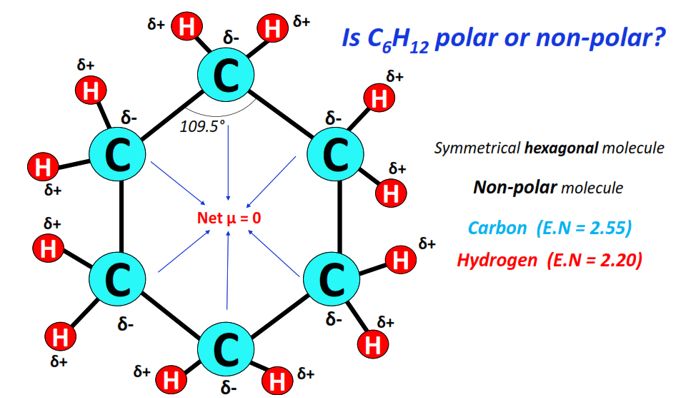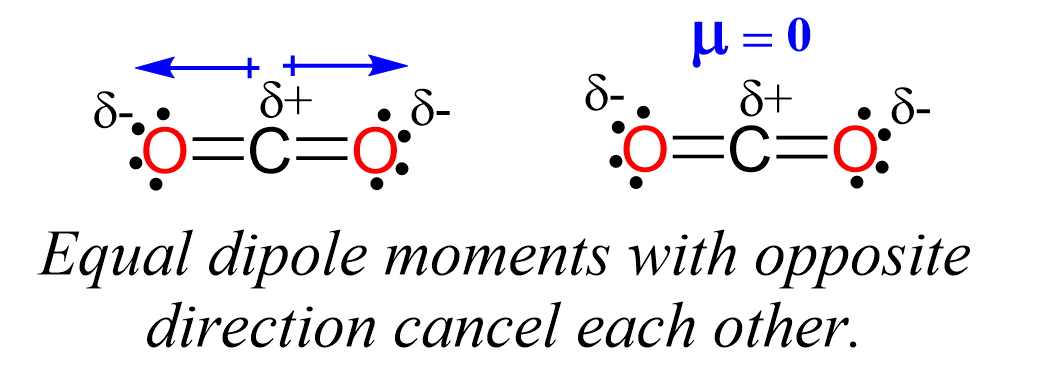Is Carbon Monoxide Polar or Nonpolar? Quick Answer!

Opening Paragraph
Carbon monoxide (CO) is a colorless, odorless gas often referred to as the “silent killer.” But when it comes to its chemical properties, one question frequently arises: Is carbon monoxide polar or nonpolar? Understanding its polarity is crucial for both scientific and practical applications. In this post, we’ll break down the molecular structure of CO, analyze its polarity, and explore why it matters. Whether you’re a student, a chemistry enthusiast, or someone looking for practical knowledge, this guide has you covered.
What Determines the Polarity of a Molecule?

The polarity of a molecule depends on two main factors: electronegativity differences between atoms and molecular geometry. If atoms in a molecule share electrons unequally (due to differing electronegativities) and the molecule’s shape doesn’t cancel out these effects, it’s considered polar.
Electronegativity in Carbon Monoxide
In CO, carbon © and oxygen (O) have different electronegativities. Oxygen is more electronegative than carbon, meaning it pulls the shared electrons closer to itself. This creates a partial negative charge on oxygen and a partial positive charge on carbon, resulting in a polar bond.
Molecular Geometry of CO
CO has a linear molecular geometry, meaning the two atoms are aligned in a straight line. Despite the polar bond, the linear shape ensures that the charges are evenly distributed and don’t cancel each other out.
📌 Note: A molecule with a polar bond can still be nonpolar if its geometry allows the charges to balance.
Is Carbon Monoxide Polar or Nonpolar? The Quick Answer

Carbon monoxide is polar due to the electronegativity difference between carbon and oxygen. However, its linear geometry ensures the molecule as a whole is effectively nonpolar in terms of its interactions with other molecules. This unique characteristic makes CO a fascinating subject in chemistry.
Why It Matters
Understanding CO’s polarity is essential for:
- Chemical reactions: CO’s polarity influences how it reacts with other substances.
- Safety: Knowing its properties helps in detecting and mitigating CO leaks.
- Industrial applications: CO is used in various processes, and its polarity affects its behavior.
Polar vs. Nonpolar Molecules: A Quick Comparison

To clarify further, let’s compare polar and nonpolar molecules:
| Characteristic | Polar Molecules | Nonpolar Molecules |
|---|---|---|
| Electronegativity | Unequal sharing of electrons | Equal sharing of electrons |
| Molecular Geometry | Asymmetric (e.g., water, H₂O) | Symmetric (e.g., oxygen, O₂) |
| Examples | Water (H₂O), Ammonia (NH₃) | Methane (CH₄), Carbon Dioxide (CO₂) |

✨ Note: CO is a unique case, as it has a polar bond but behaves like a nonpolar molecule due to its linear shape.
Practical Tips for Identifying Polarity

Here’s a quick checklist to determine if a molecule is polar or nonpolar:
- Check electronegativity: Are the atoms in the molecule different?
- Analyze geometry: Is the molecule symmetric or asymmetric?
- Look for net dipole: Does the molecule have an overall positive or negative end?
Related Keywords: Carbon monoxide polarity, polar vs nonpolar molecules, CO molecular geometry, electronegativity in CO.
Wrapping Up
Carbon monoxide is polar due to the electronegativity difference between carbon and oxygen, but its linear geometry makes it behave like a nonpolar molecule in many contexts. This duality highlights the complexity of chemical properties and their real-world implications. Whether you’re studying chemistry or simply curious, understanding CO’s polarity sheds light on its unique nature.
Is carbon monoxide polar or nonpolar?
+
Carbon monoxide (CO) is polar due to the electronegativity difference between carbon and oxygen, but its linear geometry makes it behave like a nonpolar molecule.
Why is carbon monoxide considered polar?
+
CO is considered polar because oxygen is more electronegative than carbon, creating a partial negative charge on oxygen and a partial positive charge on carbon.
How does molecular geometry affect CO’s polarity?
+
CO’s linear geometry ensures that the partial charges balance each other out, making it behave like a nonpolar molecule despite having a polar bond.



